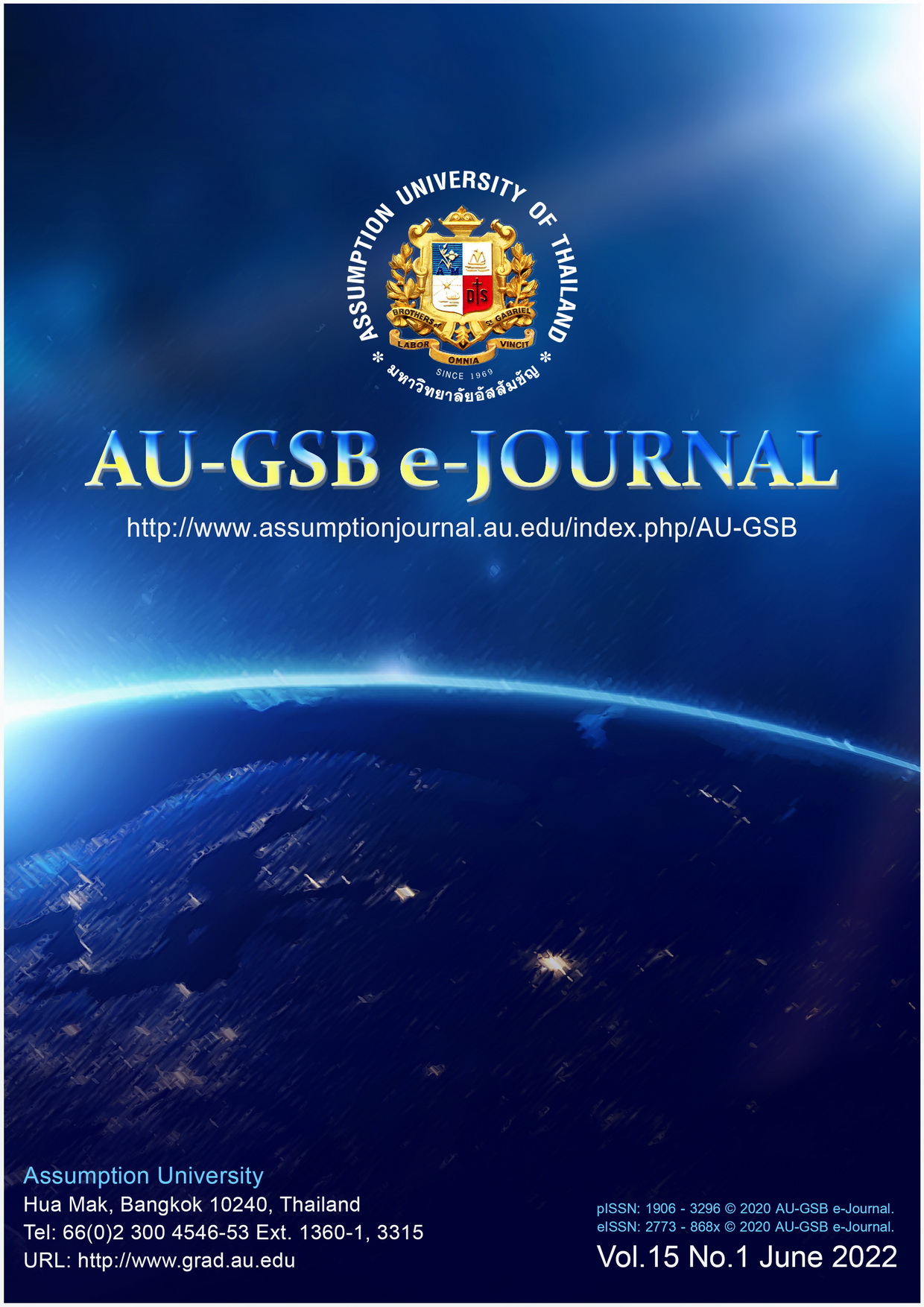Vandalism problems in tourism and solution: a case study of Bangkok, Thailand
Main Article Content
Abstract
As people's economic status improves, travel has gradually became a common thing. But many tourists frequently have vandalism behavior during their trips. Using Bangkok as a case study, the research objectives proposed this study were to find out the views of tourism industry managers on the vandalism behavior exhibited by the tourists; understand various types of vandalism behavior exhibited by the tourists visiting Bangkok City; study the provision of adequate rules and regulations on-site to avoid vandalism behavior and formulate reasonable legislation to improve vandalism behavior. This study used purposive sampling method to select 10 tourism practitioners for interview from 12 Oct to 25 Oct in 2021, which includes 5 managers, 3 tour guides and 2 Bangkok local people and makes analysis through their views on vandalism behaviors. Through the interview, it found that most of the tour guides, managers and local people think tourists' vandalism behavior is bad, comprehensive countermeasures should be made to prevent the recurrence of vandalism behavior. Finally, this study put forward solutions, presents a distributed to tourists with attractions rules printed the map; teach tour guides on vandalism behavior of related education, and informed tourists in advance such as vandalism should be fined and face punishment measures.
Downloads
Article Details

This work is licensed under a Creative Commons Attribution 4.0 International License.
The submitting author warrants that the submission is original and that she/he is the author of the submission together with the named co-authors; to the extend the submission incorporates text passages, figures, data, or other material from the work of others, the submitting author has obtained any necessary permission.
Articles in this journal are published under the Creative Commons Attribution License (CC-BY What does this mean?). This is to get more legal certainty about what readers can do with published articles, and thus a wider dissemination and archiving, which in turn makes publishing with this journal more valuable for you, the authors.
References
Bhati, A., & Pearce, P. (2016). Vandalism and tourism settings: An integrative review. Tourism Management, 57, 91–105. https://doi.org/10.1016/j.tourman.2016.05.005
Bhati, A. (2021). Psychographic variables, tourist behaviour and vandalism in the South-East Asian tourism sector. PLoS ONE, 16(6),e0252195.https://doi.org/10.1371/journal.pone.0252195
Duneier, M. & Molotch, H. (1999). Talking city trouble: Interactional vandalism, social inequality, and the urban interaction problem. American Journal of Sociology, 104 (5), 1263-1295
Kang, E. J., & Kim, Y. G. (2010). A Study on the Improvement of User Management for Decrease of Vandalism in Tourism Destinations. Journal of the Korean Institute of Landscape Architecture, 38(3), 53-61.
Om Jotikasthira. (2017) Chao Phraya clean up shines light on litterbugs.Thailandpost.https://www.bangkokpost.com/thailand/general/1326283/chao-phraya-clean-up-shines-light-on-litterbugs
Thirumaran, K. (2013) Managing Graffiti at Tourist Attractions. In: Mandal P. (eds) Proceedings of the International Conference on Managing the Asian Century. Springer, Singapore. https://doi.org/10.1007/978-981-4560-61-0_64
Wu, H., Lin, H., & Liu, Y. (2020). Tourists’ environmental vandalism and cognitive dissonance in a National Forest Park. Urban Forestry & Urban Greening, 55, 126845.
Yilamz, I., Tabak, G., & Samur, A. N. (2020). Vandalism problem in tourism and solution proposals: The case of Nevsehir. Volume: 5, Issue: 2 95-103; 2645-9078; Journal of Multidisciplinary Academic Tourism. https://doi.org/10.31822/jomat.706294
Yanlong, Z. (2014). Chinese tourists knock down a fenceat Bangkok's Grand Palace as surveillance stops brawl. Chinadaily. http://world.chinadaily.com.cn/2014-12/14/content_19083510_6.htm
